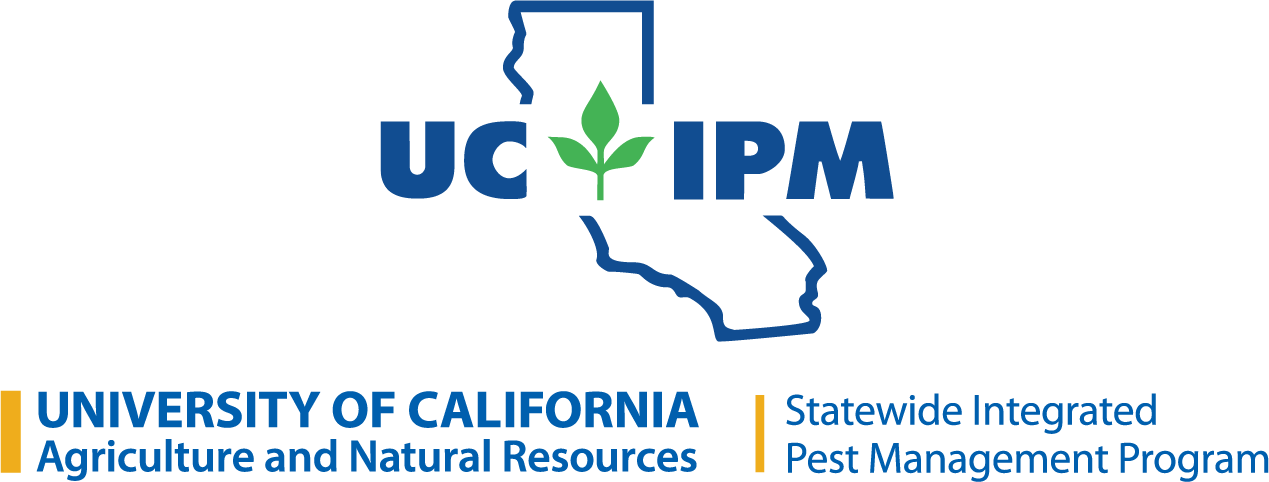Reading the pesticide label is critical before using a pesticide in the home, garden, and landscape. Pesticide labels contain important information that should be read, understood, and followed before applying a pesticide. Pesticide labels include the trade name, active ingredients, signal word, and instructions for use, disposal, and safety.
What is a pesticide?
- Any material used to control, prevent, kill, suppress, or repel pests.
- A broad term that includes insecticides (insect killers), herbicides (weed or plant killers), fungicides (fungus killers), rodenticides (rodent killers), and others.
- Pesticides are regulated nationally by the U.S. Environmental Protection Agency and in California by the California Department of Pesticide Regulation.
What is an active ingredient?
- The active ingredient is the material that kills or otherwise affects the target pest.
- Active ingredients are required to be listed on a pesticide label.
- Inert (or “other”) ingredients are added to the formulation to help the active ingredient work better but may not appear on the label.
- Inert ingredients aren’t required to be listed unless they’re hazardous.
What is a trade name?
- The trade name is the brand name the manufacturer gives to the product, such as Sluggo or Sevin Insect Killer.
- Trade names of individual products often change and don’t reliably indicate the ingredients. Always check the label before purchase to be certain it is the pesticide you want.

What are signal words?
- Signal words indicate the short-term (acute) toxicity of the product to humans and other mammals. They are based on the overall oral, dermal, inhalation toxicity and skin or eye irritation of the pesticide’s active and inert ingredients.
- Signal words are CAUTION, WARNING, or DANGER (in order of increasing toxicity).
- Pesticide labels must list the appropriate signal word, although products with very low acute toxicity may not have a signal word.
What else is on the product label?
To read the whole label, you may need to peel open the attached packet.
- Directions for use: how and where the product can be used, target pests, and how much should be used.
- Precautionary statements: physical and chemical hazards, personal protective equipment requirements, and toxicity to honeybees, fish, birds, and other wildlife.
- Storage and disposal: storage requirements and how to safely dispose of empty pesticide containers. Pesticides should always be kept in their original containers.
- First aid instructions: specific directions on what to do in case of pesticide exposure.
What happens if you don’t follow the label?
- Plants may be injured (pesticide burn or drift).
- Product may not effectively manage the pest.
- Nontarget organisms may be harmed (humans, wildlife, pollinators).
- Soil, air, or water may become polluted.

The pesticide information on this page may become out of date as products and active ingredients change or become unavailable. No endorsements of named products are intended, nor is criticism implied of products not mentioned.
